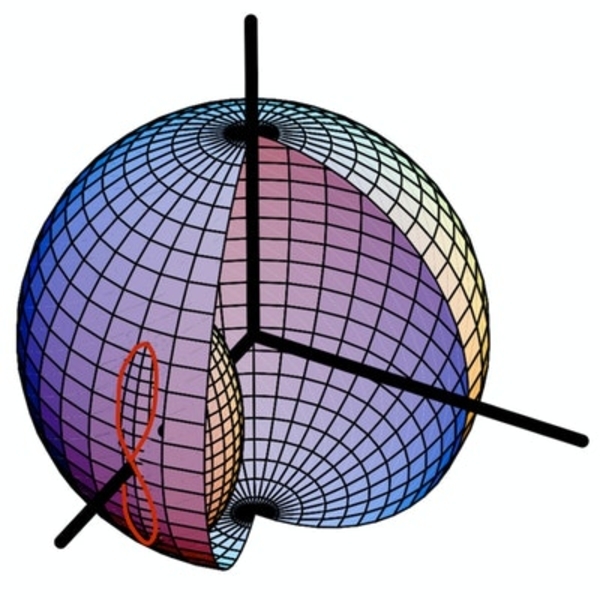Price:
8999 EUR
Contact
University of Colorado Boulder
Description
The movement of bodies in space (like spacecraft, satellites, and space stations) must be predicted and controlled with precision in order to ensure safety and efficacy. Kinematics is a field that develops descriptions and predictions of the motion of these bodies in 3D space. This course in Kinematics covers four major topic areas: an introduction to particle kinematics, a deep dive into rigid body kinematics in two parts (starting with classic descriptions of motion using the directional cosine matrix and Euler angles, and concluding with a review of modern descriptors like quaternions and Classical and Modified Rodrigues parameters). The course ends with a look at static attitude determination, using modern algorithms to predict and execute relative orientations of bodies in space.
After this course, you will be able to...
* Differentiate a vector as seen by another rotating frame and derive frame dependent velocity and acceleration vectors
* Apply the Transport Theorem to solve kinematic particle problems and translate between various sets of attitude descriptions
* Add and subtract relative attitude descriptions and integrate those descriptions numerically to predict orientations over time
* Derive the fundamental attitude coordinate properties of rigid bodies and determine attitude from a series of heading measurements
Specific details
Category of Education
Physical Science
